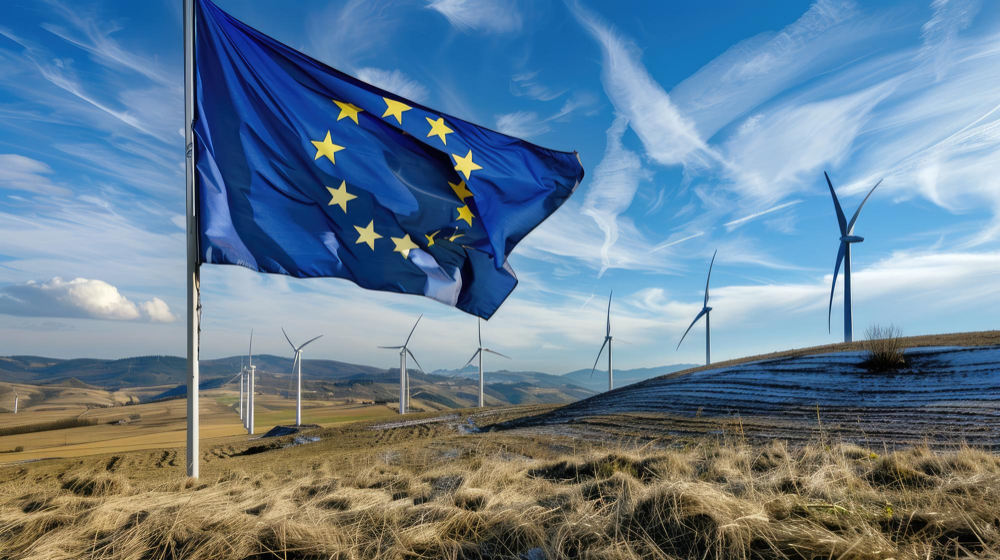The European Commission has recommended that the European Union should cut greenhouse gas emissions by 90 percent by 2040 compared to 1990. Modelling shows that this target is feasible technically and is in line with social acceptability and global fairness objectives. Achieving it will require massive expansion of renewable electricity generation, drastic reductions in fossil-fuel use, energy efficiency measures and deep electrification of end-use sectors.
Technological advances and strong policies have already enabled the EU to start this transformation and make substantial progress on parts of it. Most technologies required to achieve the emissions-reduction targets are market-proven, and in many cases are
cost-competitive with or cheaper than fossil alternatives. After decades of successful innovation, clean-technology deployment is accelerating, with costs of key clean technologies continuing to drop rapidly.
Nevertheless, economic, social and political risks threaten ambitious climate policies. The four main risk categories are: geoeconomic instability, technological progress, exacerbated inequality and policy credibility. A global economy with more trade disputes and greater risk of conflict endangers the massive capital investment needed for the transition, while the cost of clean technologies is a primary determinant of the economic viability of decarbonisation. Climate policies will affect people’s everyday lives in disruptive ways, meaning that regressive outcomes must be guarded against, balanced with a concrete commitment to the established climate policy pillars.
To succeed, the 2040 climate and energy policy framework needs to be designed to be resilient to such risks. The EU should put distributional issues at the heart of its climate policy, develop an emissions-reduction strategy that monitors geoeconomic and technological risk factors, and put in place contingency plans to manage the impact of negative outcomes and to maximise the societal, economic and environmental co-benefits of the energy transition.
About the authors:
Conall Heussaff is a Research analyst at Bruegel working on energy and climate policy.
Johannes Emmerling is a Senior Scientist at the European Institute on Economics and the Environment and co-leads its Low carbon pathways unit.
Dr. Gunnar Luderer is the Deputy Head of the Research Department at the Potsdam Institute for Climate Impact Research (PIK).
Robert Pietzcker is a senior scientist at the Potsdam Institute for Climate Impact Research (PIK) with a background in physics and economics. He leads the National Energy Transitions Team (together with Falko Ueckerdt) in the Energy Systems group of Research Department 3 – Transformation Pathways.
Severin Reissl is a Junior Scientist at the European Institute on Economics and the Environment.
Dr. Renato Rodrigues holds a post-doc position in the Department for Transformation Pathways at the Potsdam Institute for Climate Impact Research (PIK).
Rupert Way is a Researcher at the University of Cambridge.

